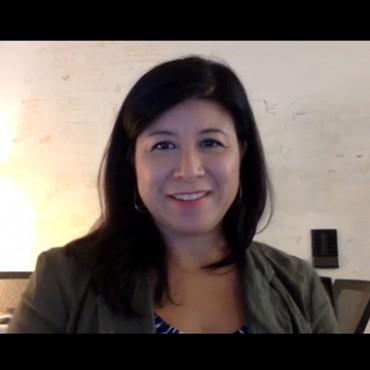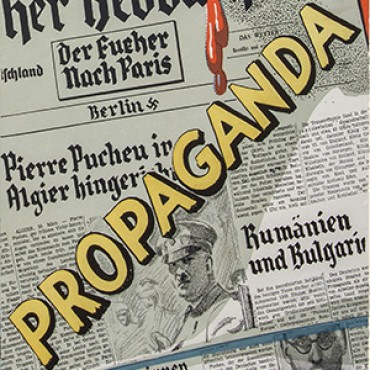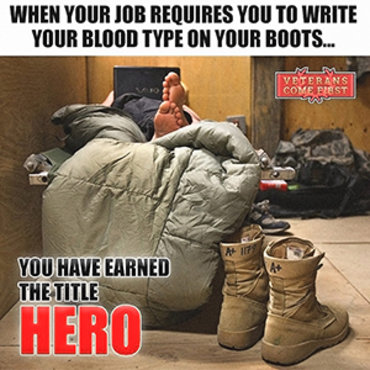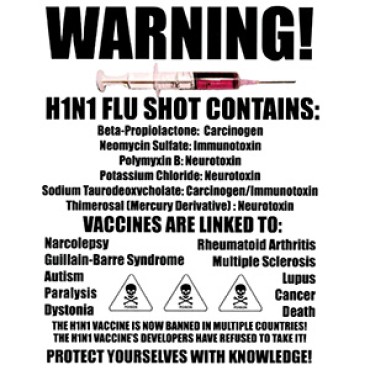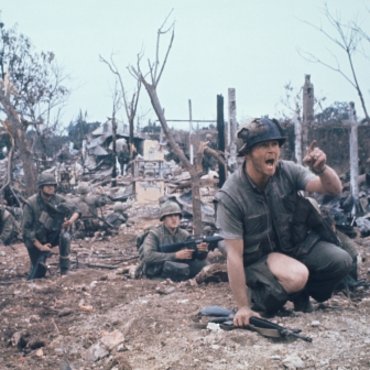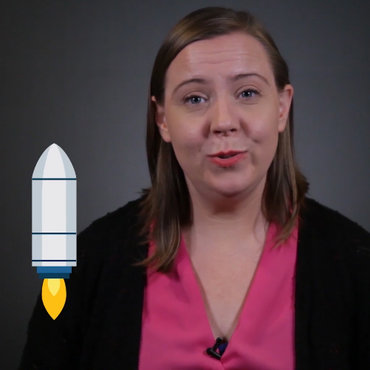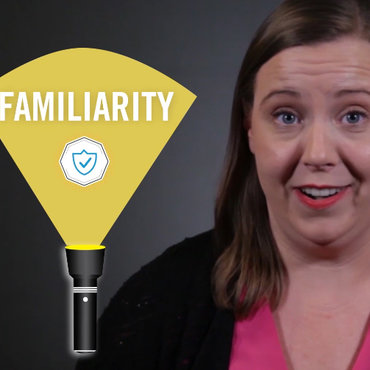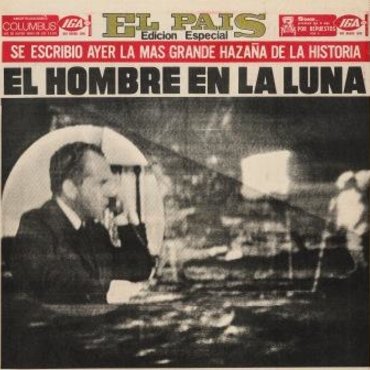
Here’s What We Think: Editorials and Opinion Articles
In this activity, students learn the purpose of editorials and opinion articles and evaluate their effectiveness.
Get even more great free content!
This content contains copyrighted material that requires a free NewseumED account.
Registration is fast, easy, and comes with 100% free access to our vast collection of videos, artifacts, interactive content, and more.
NewseumED is provided as a free educational resource and contains copyrighted material. Registration is required for full access. Signing up is simple and free.
With a free NewseumED account, you can:
- Watch timely and informative videos
- Access expertly crafted lesson plans
- Download an array of classroom resources
- and much more!
- Current Events
- Journalism
- 6-12
- Find out what the class already knows about editorials and opinion articles. Tell them: Most newspapers have an editorial and opinion section. These articles express opinions and ideas. They do not necessarily report news; rather, they comment on current events. Editorials are written by a member or members of the editorial staff of a newspaper and express the opinion or idea of the newspaper as a whole. Opinion articles, sometimes called op-eds because of their traditional position opposite the newspaper’s editorial page, express the opinion or idea of only the person or people writing the article.
- Discuss: What’s the purpose of editorials and op-eds? What’s the difference between fact and opinion?
- The writer may use humor or satire in an attempt to point out wrongs or suggest improvements. Tell them editorials and opinion articles are often categorized into four types: Ones that:
- Explain, interpret or inform
- Praise, commend
- Argue, persuade, propose a solution or call for action
- Criticize, identify a problem
- Have each student read three editorials or opinion articles.
- These can be chosen in advance to save time or students can find their own articles.
- Give the class time to read the articles and complete the worksheet.
- Discuss their work as a class.
- Here’s What We Think: Editorials and Opinion Articles worksheet (download), one per student
- Newspapers, magazines or internet access
- Which type of editorial/op-ed was most common?
- How can an editorial or opinion article open or advance dialogue on an issue?
- What makes an editorial or opinion piece effective?
- What influence do they have? How do you know?
- Compare and contrast editorial and opinion articles.
Write an editorial. Have students outline or write an editorial. First, have students brainstorm important issues in their school or community. Write the ideas on a board. Have students vote to narrow the list to one issue. Then divide students into small groups; each group will be “an editorial board” for their school newspaper and decide their position on the issue. Together they should outline an editorial. (Optional: Have students write the full editorial in class or as homework. They may need to do research to get additional facts.) Follow this format:
- Begin with an objective statement/introduction of the issue or controversy.
- Give and discuss the opposing viewpoint. (Who are the opponents? What are their opinions?)
- Refute the opposition’s beliefs.
- State your paper’s position and reasoning. Use facts and details.
- Offer a realistic solution.
- Conclude concisely.
-
National Center for History in the Schools: NCHS.Historical Thinking.5
A. Identify issues and problems in the past. B. Marshal evidence of antecedent circumstances. C. Identify relevant historical antecedents. D. Evaluate alternative courses of action. E. Formulate a position or course of action on an issue. F. Evaluate the implementation of a decision. -
National Center for History in the Schools: NCHS.US History.Era 10
Standard 1: Recent developments in foreign policy and domestic politics Standard 2: Economic, social, and cultural developments in contemporary United States



















